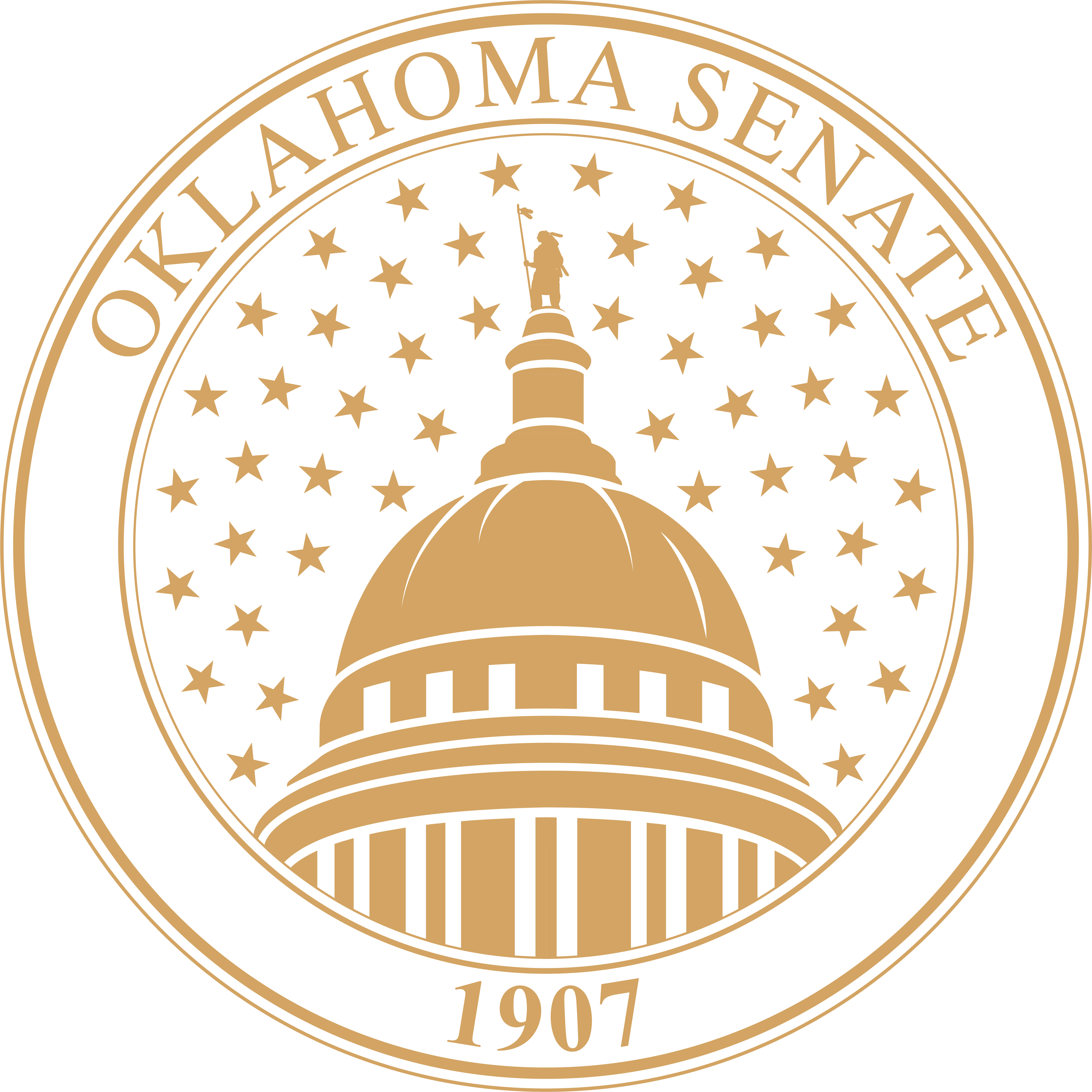Governor, Legislative Leaders Announce Proposal To Increase Payment Rates for Medicaid Providers
(OKLAHOMA CITY) Governor Brad Henry and Legislative leaders announced Thursday details of their plan to ask the Oklahoma Health Care Authority to increase the rates paid to nursing homes, hospitals, doctors and ambulance organizations that provide Medicaid services in Oklahoma.
The governor joined Senate President Pro Tempore Cal Hobson, House Speaker Larry Adair, House Appropriations and Budget Committee Chairman Bill Mitchell, Senate Appropriations Chairman Mike Morgan, Senate Appropriations Sub-committee on Health and Social Services Chairman Ben Robinson and House Appropriations and Budget Sub-committee on Health and Social Services Chairman M.C. Leist in making the announcement.
"This action certainly won’t solve all of our health care challenges, but it will help thousands of Oklahomans who have difficulty obtaining medical services. By giving health care providers a reasonable reimbursement rate, we can help ensure that treatment opportunities are available for children, elderly and disabled citizens," said Gov. Henry.
“Increasing provider rates will ensure access to health care for the most vulnerable citizens in our state – our children, the disabled and the elderly – by giving doctors and other health care providers an incentive to continue to participate in the state’s Medicaid programs,” said Hobson, D-Lexington.
“The state has seen a steady decrease over the years in the number of Medicaid providers, largely because of low reimbursement rates. By increasing funding to this program we will ensure that all needy Oklahomans will have access to quality health care,” said Adair, D-Stilwell.
Morgan, D-Stillwater, and Mitchell, D-Lindsay, said the increase in provider rates should help the Oklahoma Health Care Authority increase the number of physicians, hospitals, nursing homes and ambulance services willing to contract with the state under its new fee for service reimbursement plan.
The OHCA announced Friday that beginning January 1 it would temporarily move away from its current managed health care system for Medicaid to a new system – at least in the first quarter of 2004.
“Access is everything. We can have the best doctors and hospitals nursing homes and overall health care delivery system in the world, but if those providers can’t afford to participate in the Medicaid system we’d have a huge health services gap. The rate increases will help close that gap,” Mitchell said.
Morgan said it will also close a gap that affects more than just the 600,000 Oklahomans who receive Medicaid services each year.
Medicaid providers are reimbursed for services they provide to eligible citizens at a rate less than their actual cost for providing those services. That means doctors, nursing homes, hospitals, ambulance services and other health care providers shift the remainder of those costs to paying customers and their insurance companies. Increasing provider rates should reduce the cost shift.
“As ironic as it may sound, we see these rate increases as part of the solution to the overall rising costs of health care in our state,” Morgan said.
The proposal announced Thursday will increase the rates paid to nursing homes by 7 percent. The increase in the amount paid for in-patient hospital services will increase by 5 percent.
“Physicians will see an increase that will reimburse their evaluation and management services at a rate equal to 90 percent of the cost of those services according to the Medicare fee schedule,” said Robinson, D-Muskogee.
Currently doctors are paid on 72 percent of the Medicare fee schedule for services provided to Medicaid patients, he said.
“It’s a sizeable increase, one that we believe will serve as an incentive for providers to continue to participate in Medicaid programs,” Robinson said.
The proposal also calls for partially restoring a benefit reduction made by the Oklahoma Health Care Authority two years ago with regard to the co-payments made by persons who are eligible for both Medicare and Medicaid.
For example, Medicare, the federal health care system for the elderly, pays 80 percent of the cost of a trip to the hospital in an ambulance. Before the benefit reductions two years ago, Medicaid paid the remaining 20 percent for persons with dual Medicare-Medicaid eligibility. For the past two years, Medicaid has paid nothing in such cases. Under the proposal, Medicaid will begin paying half of the patients’ co-payments.
The cost of the increase in provider rates will total $24 million through the end of Fiscal Year 2005.
The funding, he said, will come from the $99 million in one-time federal dollars given to Oklahoma for Medicaid services by Congress earlier this year.
The Oklahoma Health Care Authority received $71 million of that one-time funding with the remainder going to the Department of Human Services, Department of Mental Health, Office of Juvenile Affairs, Rehabilitation Services and other agencies who pay the state’s share of Medicaid costs for their clients.
Previously OCHA used $47 million to restore a number of benefits that were reduced earlier this year as a result of the state’s budget crisis.
“We believe we have put this one-time infusion of funds from the federal government to the best possible use, restoring cuts and increasing provider rates. If all other funding is maintained, this plan can carry us through the rest of this fiscal year and FY 2005,”said Leist, D-Morris.
The Legislative plan is only a proposal. Its implementation is up to the Oklahoma Health Care Authority board, which is expected to hold a special meeting Friday and could consider the provider rate increases at its regular meeting next week.
 Oklahoma Senate
Oklahoma Senate

